I am working on a board that can take the output of an SDR (or VCO) and provide high accuracy amplitude control (+- 0.5dB). This is an opensource project that I will hopefully launch on crowdsupply when its done :D. The final project will allow you to take a device like the LimeSDR and turn it into a precision RF generator. This will give you PC based RF signal generator with all kinds of modulation functions.
The device will have a USB interface and a python library to control the device. The MCU on the device will be some generic ARM device with a good enough ADC to meet the requirements for the peak detector.
I am looking at different topologies and methods for doing this that fit some of the requirements below. I am flexible with the requirements because I want to see what people are interested in.
- 1Mhz to 3Ghz (limited by my test equipment)
- 15 to -75 dBm (this could be extended but would require very good isolation)
- relativity inexpensive
Below is the current design that I am exploring.
 Typically peak detectors have a range of about 30dB. The idea is that the generated signals amplitude is unknown. The peak detector is used to sample the amplitude and control the DSAs based on the requested amplitude. The device is USB based which allows simple calibration of the peak detectors (and the DSAs if required).
Typically peak detectors have a range of about 30dB. The idea is that the generated signals amplitude is unknown. The peak detector is used to sample the amplitude and control the DSAs based on the requested amplitude. The device is USB based which allows simple calibration of the peak detectors (and the DSAs if required).
My concern with this design is the performance of the peak detector against different the different harmonics generate by different SDRs. If a selectable band-pass system is needed it will complicate the design but I feel this may be necessary for the peak detector and the LNA.
Any feedback would be great!